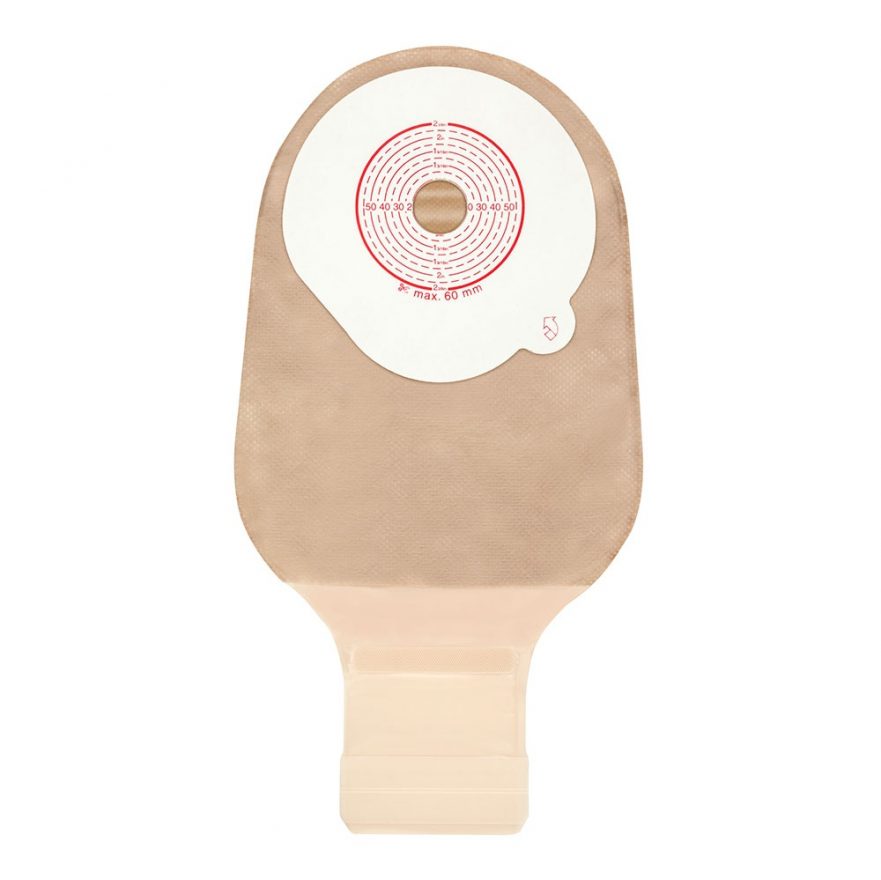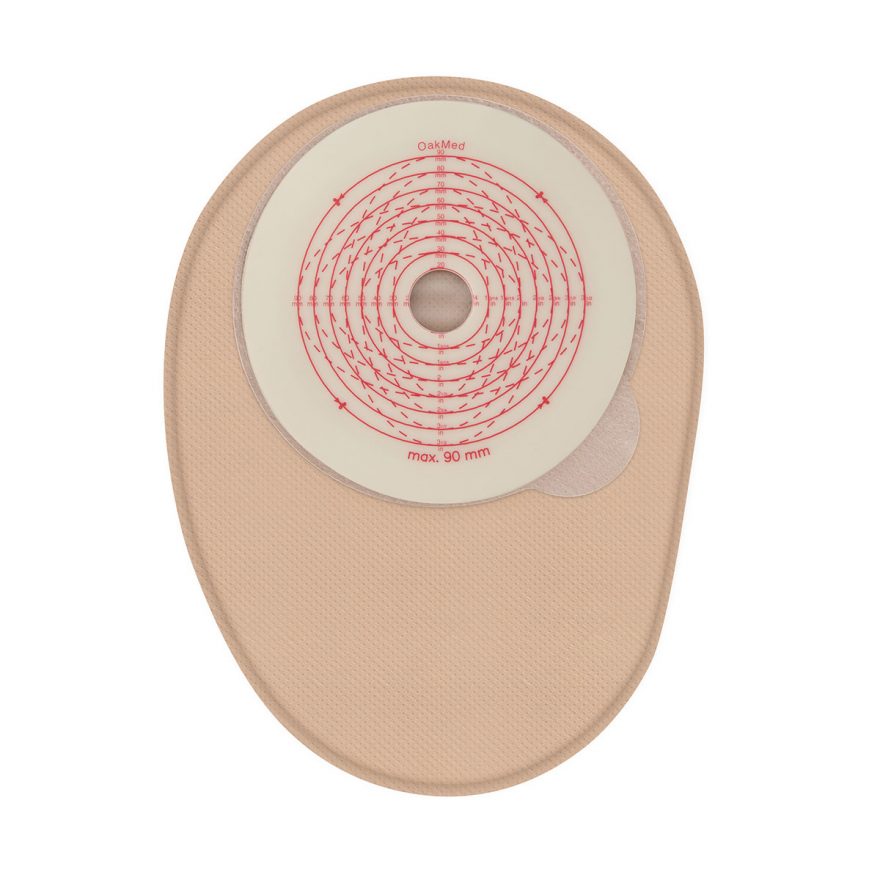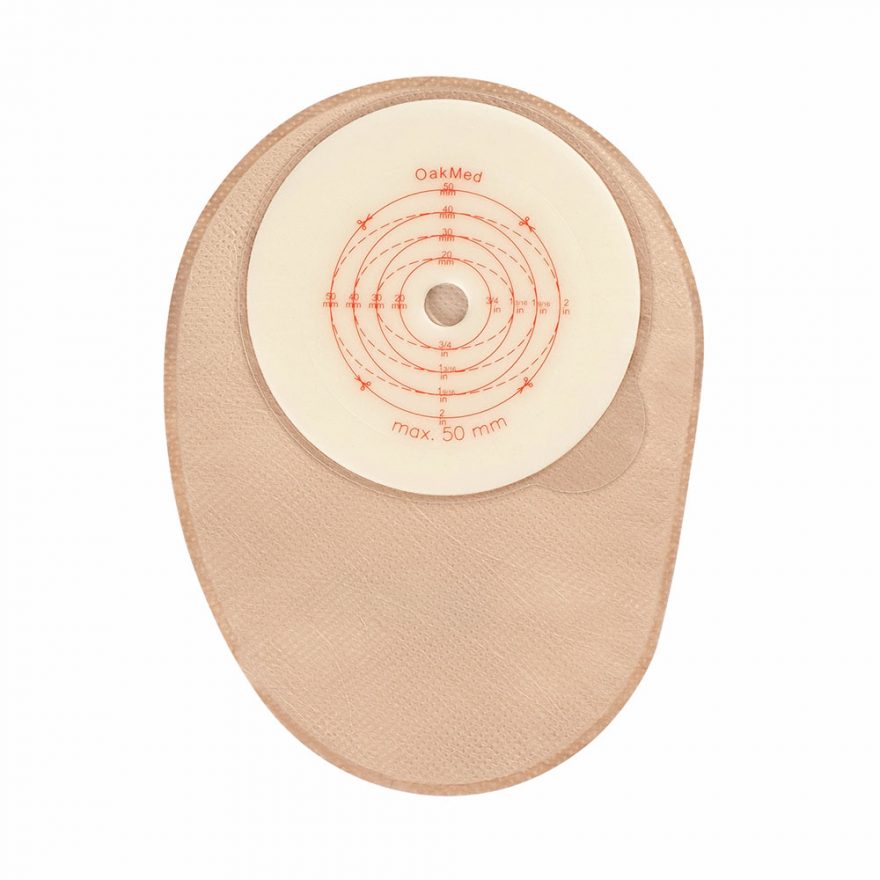Granulomas are a benign growth which can develop on or around the stoma. They are common and are often deemed as a nuisance by ostomates who experience them. Some granulomas can cause bleeding, which loosens the adhesive area of the flange, leading to leaks. They can also cause some discomfort as they interfere with the template size of your stoma appliance, leading to a poor fitting appliance. Although they can be problematic, they are usually harmless but it is a good idea to get them checked by your Stoma Care Nurse who can provide advice on how to manage them. Here are some tips which will help you recognise granulomas and what to do if you experience them.
What are granulomas?
In most cases, granulomas are small, raised, red bumps around the stoma. Often occurring at the junction where the stoma joins the skin, but can also be seen on the stoma itself. For some, the granuloma is not obvious at all, but can cause some bleeding which may lead you to seek a review of your stoma. During this review you may find the stoma care nurse will identify a granuloma, which is often the cause of the bleeding. Ostomates may experience a single granuloma or several granulomas. The size of granulomas can vary from small to much larger in size. For other ostomates they may experience more extensive granulomas which affect a larger area.
Why do they occur?
Granulomas can develop from friction of a poor fitting ostomy appliance, which may rub against the stoma itself. They can also be caused by constant skin irritation from effluent coming into contact with the skin. An infection may also cause granulation formation or it can result in the stoma appliance repeatedly rubbing against the skin. In some cases, problems with the skin’s healing process following surgery can lead to granulomas.
How can they be treated?
An important element in caring for a stoma with granulomas, is to check the stoma appliance is fitting correctly. Contact your stoma care nurse and they will help check the size of the template you are currently using and check it is not rubbing against your stoma. There should be 1-2mm space around the stoma to ensure the edge of the hole is not rubbing against your stoma and that the contents of your bag do not touch your stoma or leak onto your skin.
Your stoma nurse may start with applying some Orabase protective paste. The most effective treatment for granulomas is the topical application of silver nitrate. When the silver nitrate pencil/or stick is pressed gently on the granuloma, it creates a very mild chemical burn, reducing the size of the granulomas and it may even eliminate them completely. This would be applied by your stoma care nurse either at home or in clinic, once per week during an appliance change, over a 4 week period. The progress of your granulomas will be assessed each week.
Your stoma nurse may also apply a seal over the top of the granuloma to provide some pressure following the silver nitrate treatment, which will help press down on the granuloma.
Another type of stoma appliance, such as the mouldable flange may be used to lessen the risk of friction to the stoma from the template.
If these treatments are not successful, cryotherapy might be considered by your hospital stoma care nurse, this involves freezing the tissue affected by granulomas. Depending on the size and severity of the granulomas, your surgeon may even consider cauterisation, which involves destroying the tissue with heat. If the granulomas are extensive and spread over a wide area or bleeding heavily and have not responded to the other therapies listed, your surgeon may opt for surgery to remove them.
Can granulomas re-occur when treated?
Unfortunately, granulomas can re occur despite being treated. If the granulomas are not causing you any bleeding or discomfort, is it often better to leave them and monitor them. If they reoccur following treatment, it is best to contact your Stoma Care Nurse for a review.


Closed Maxi Alginate
View the product

